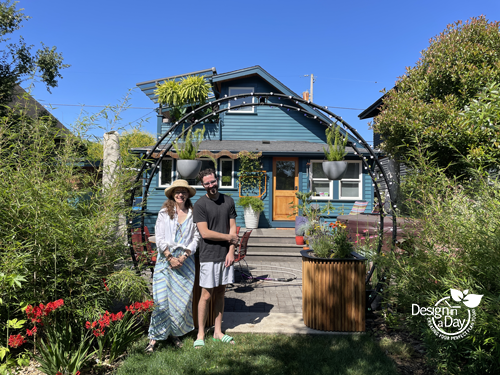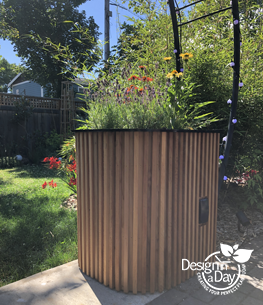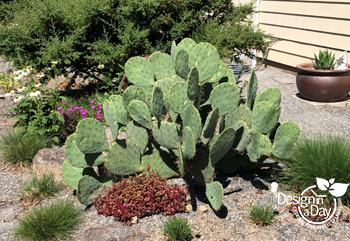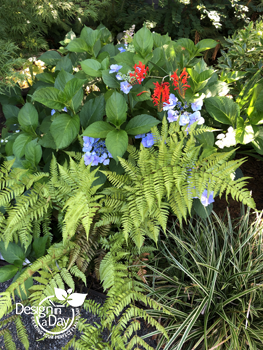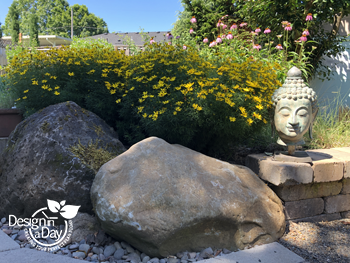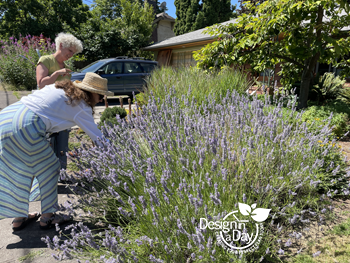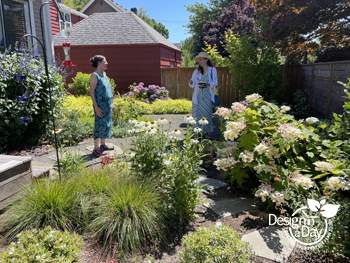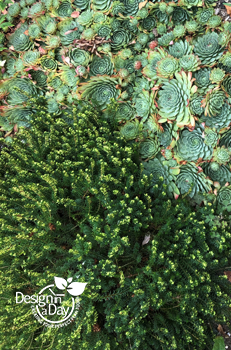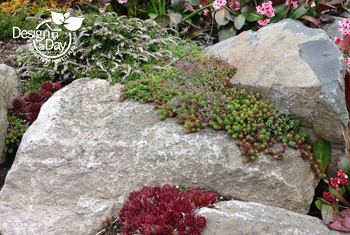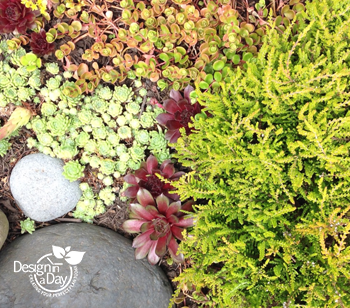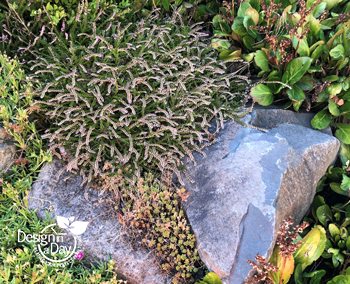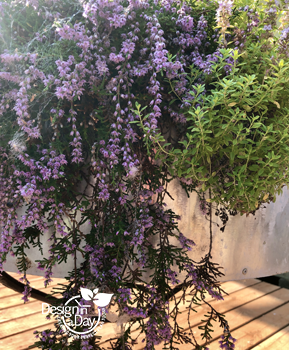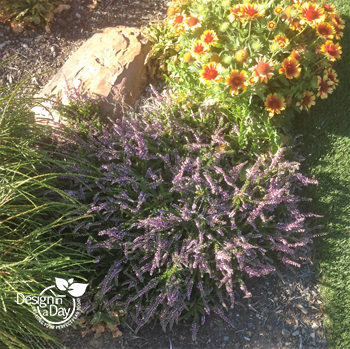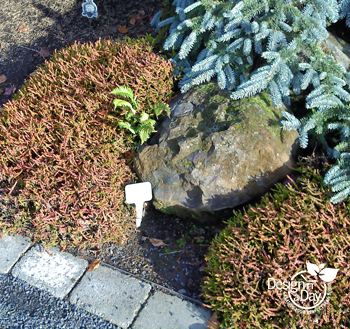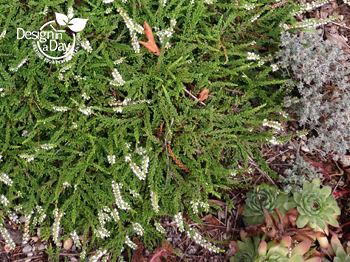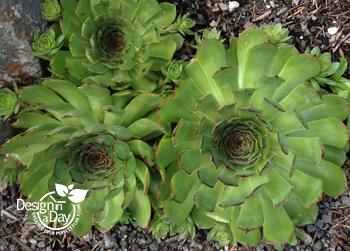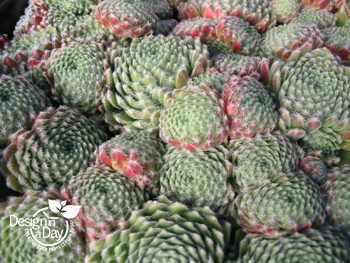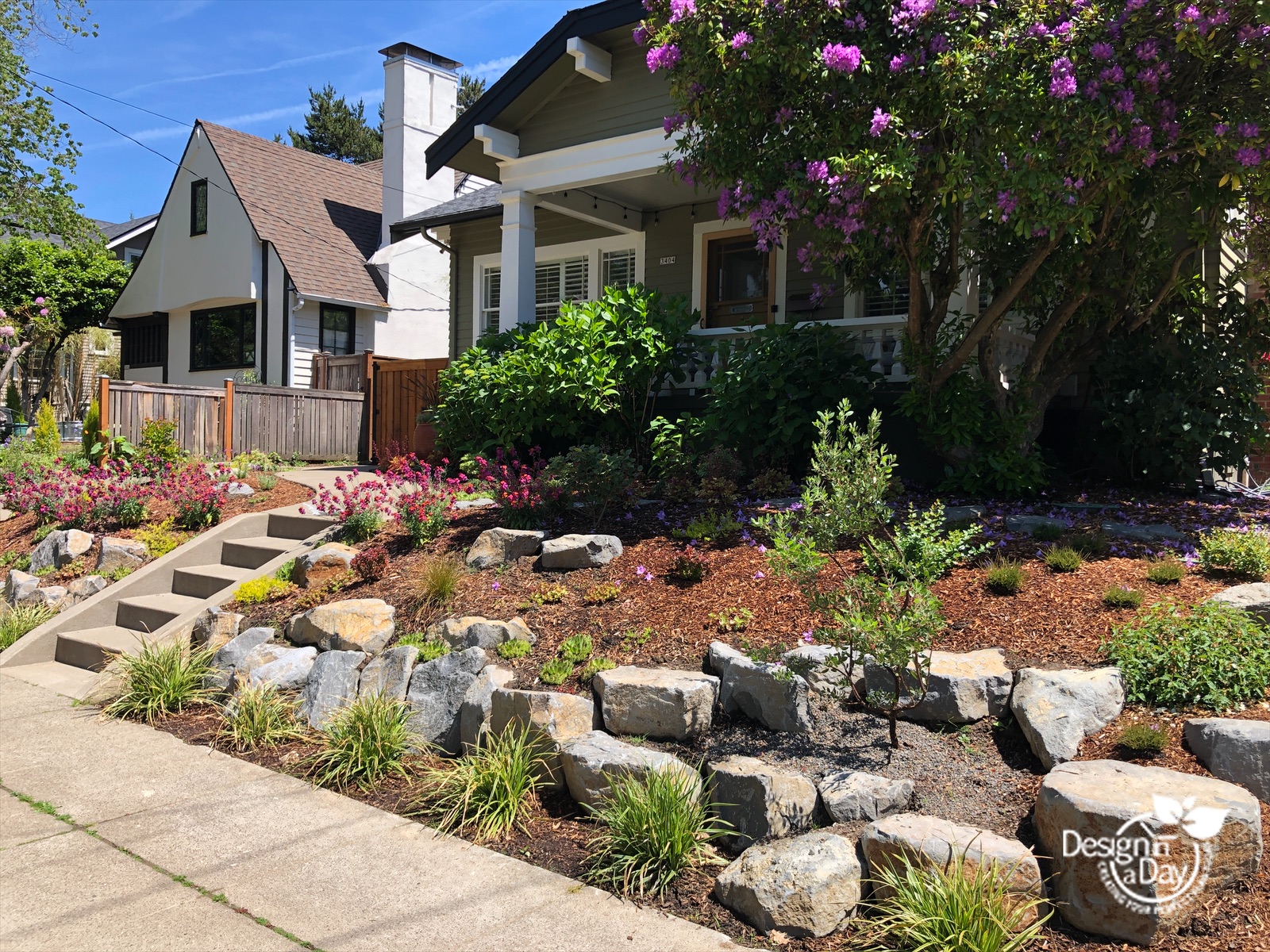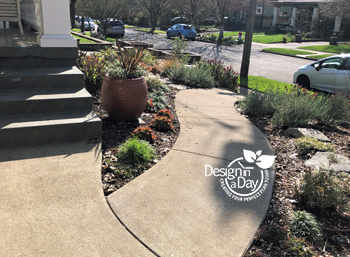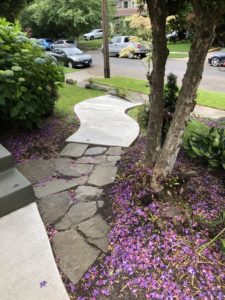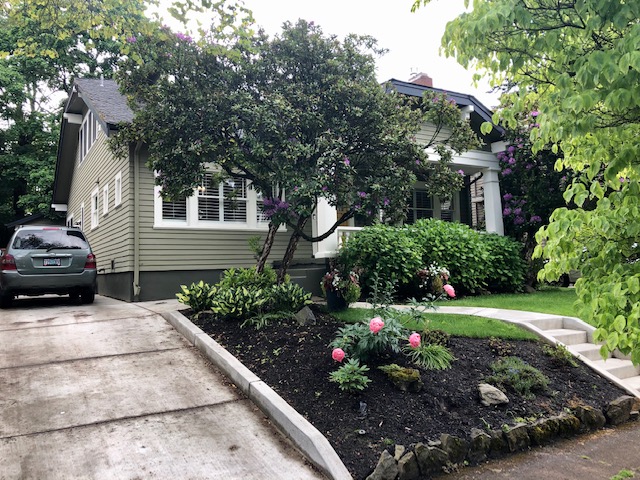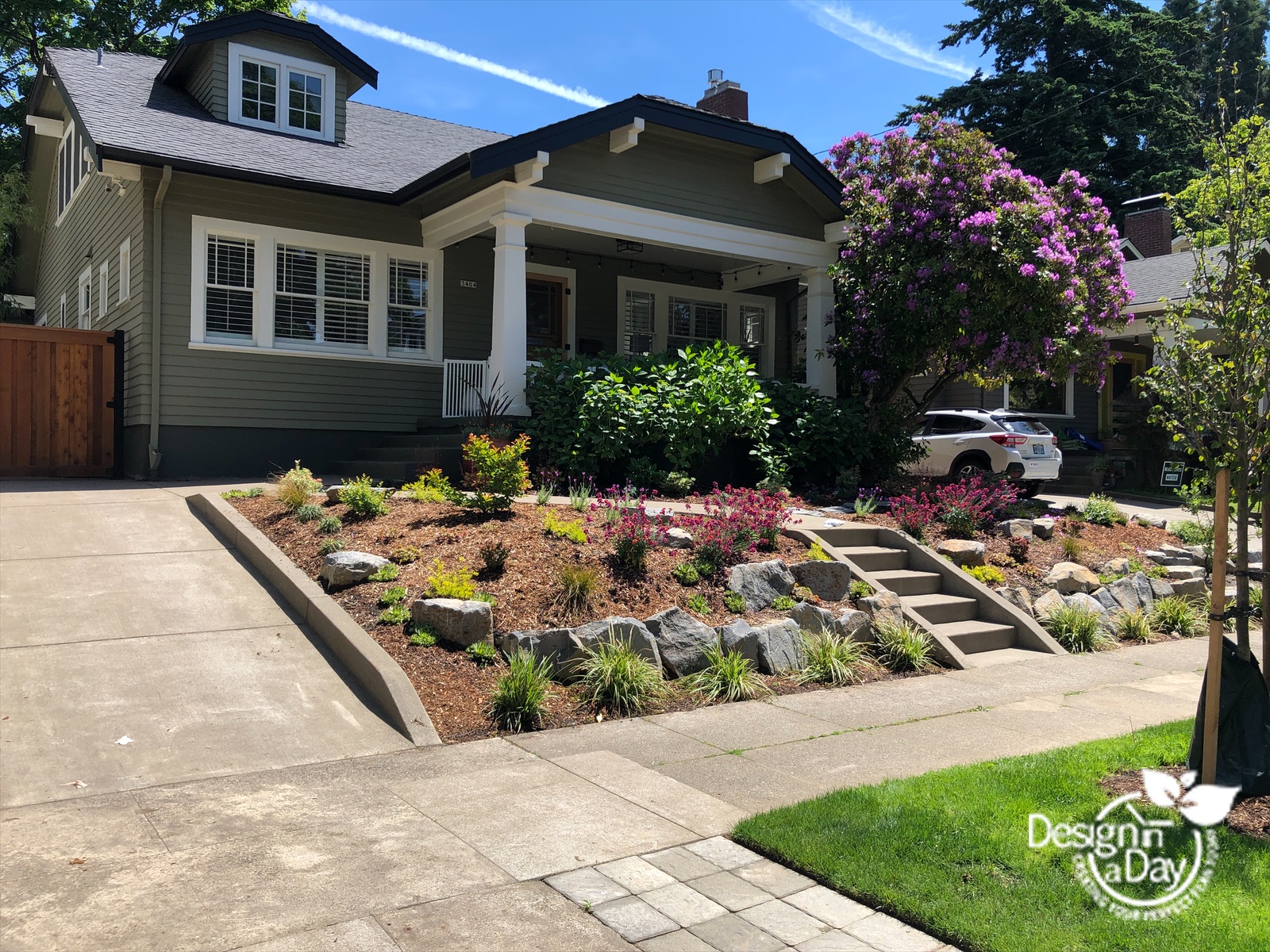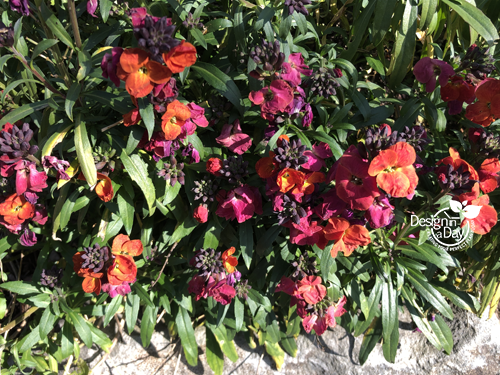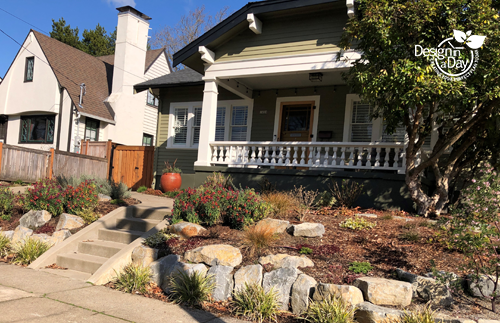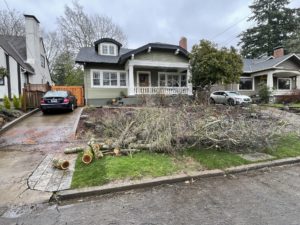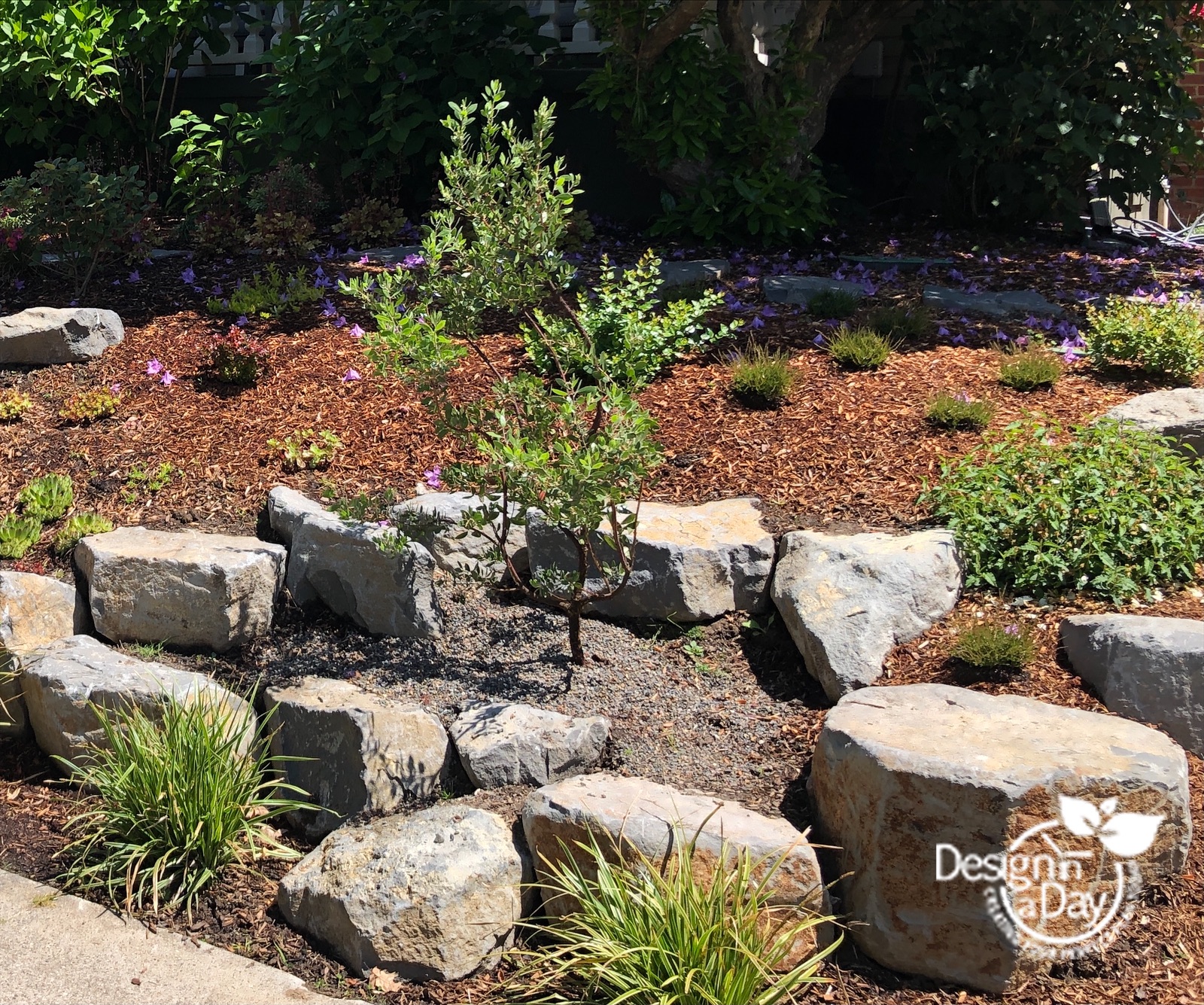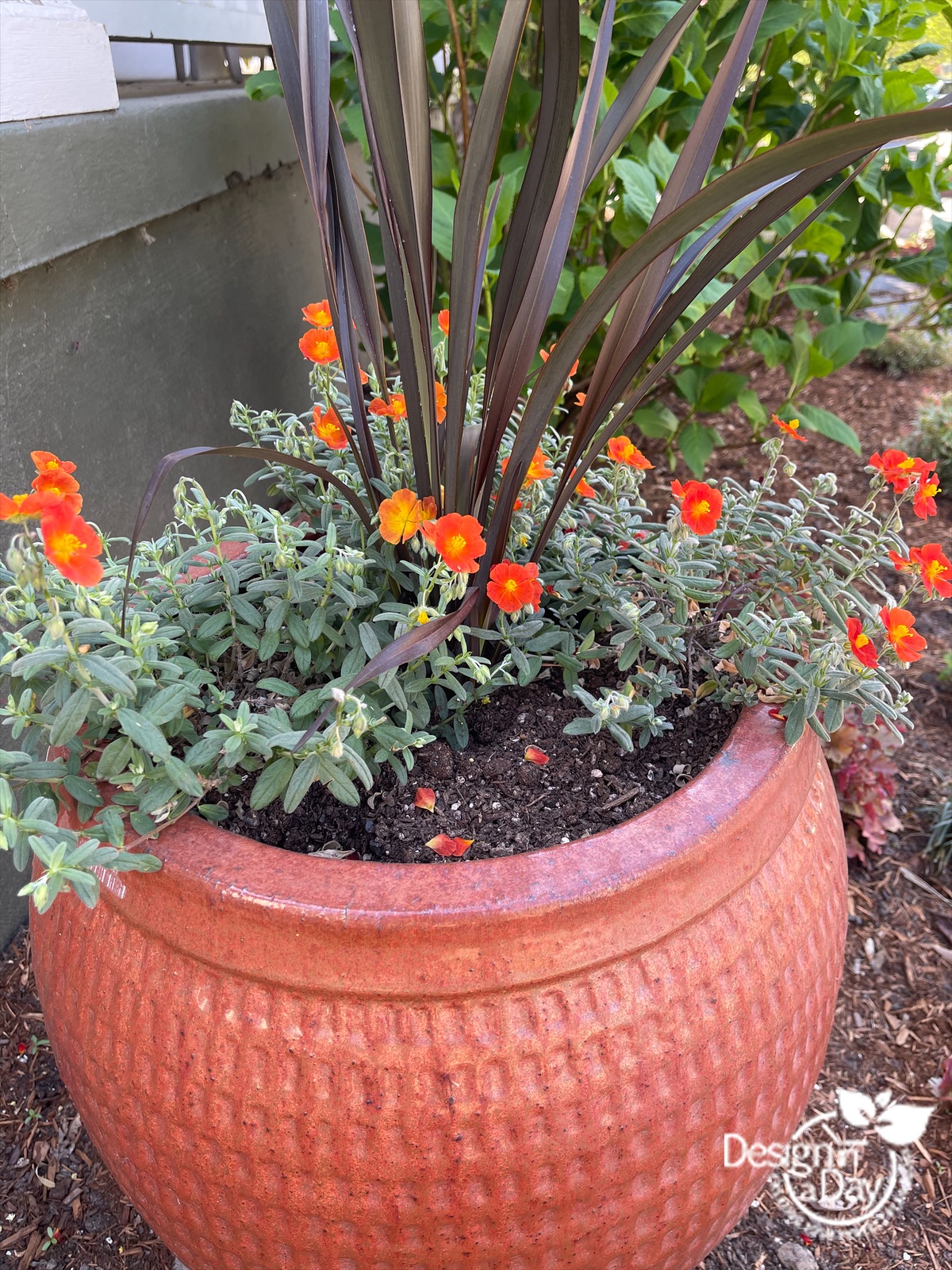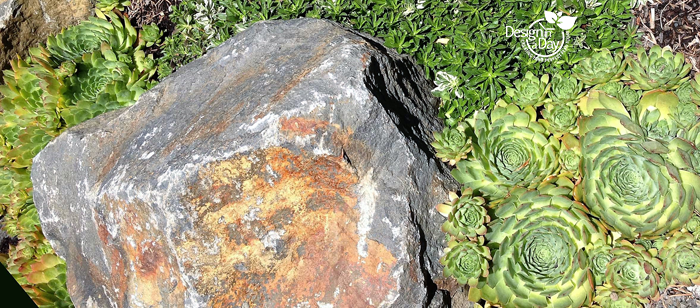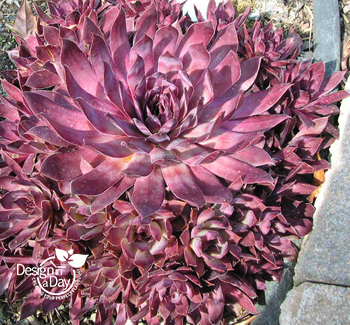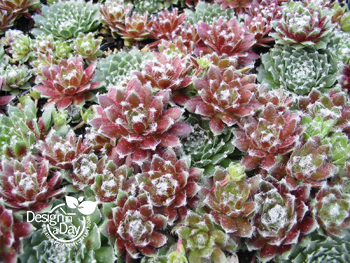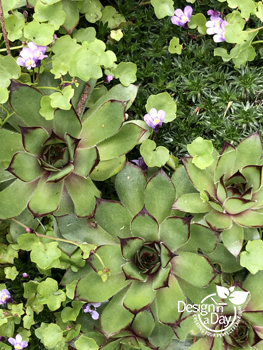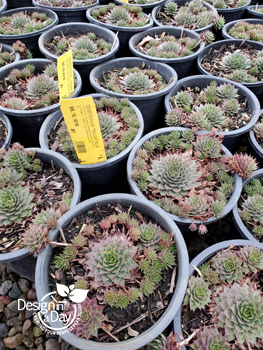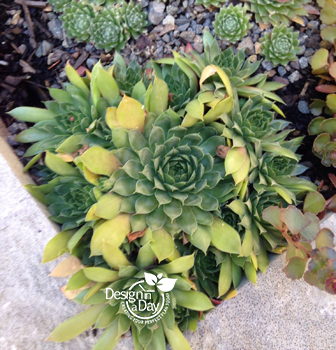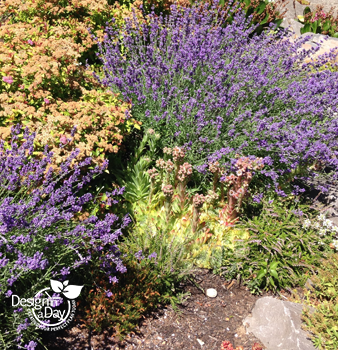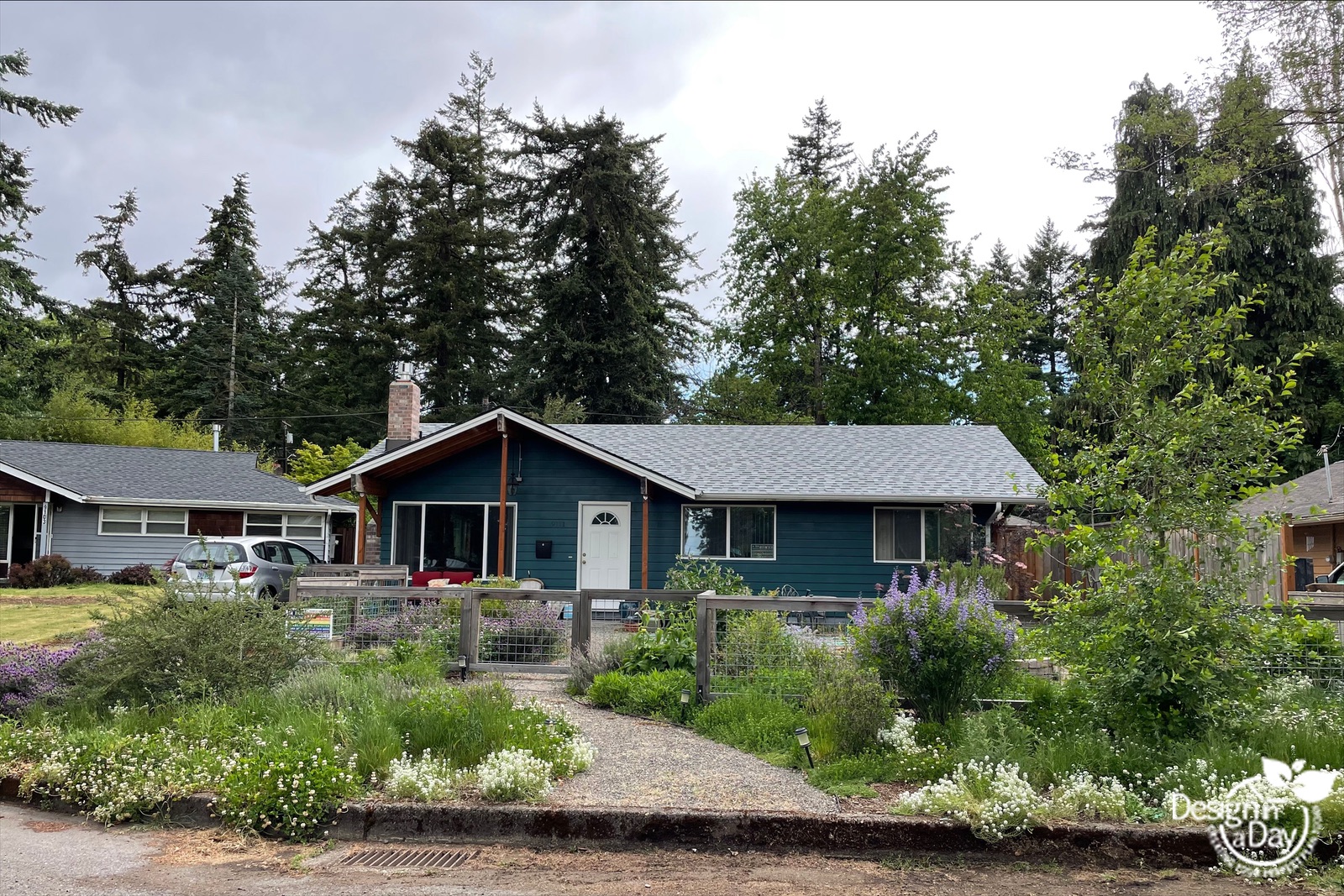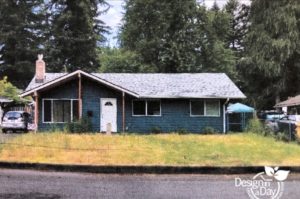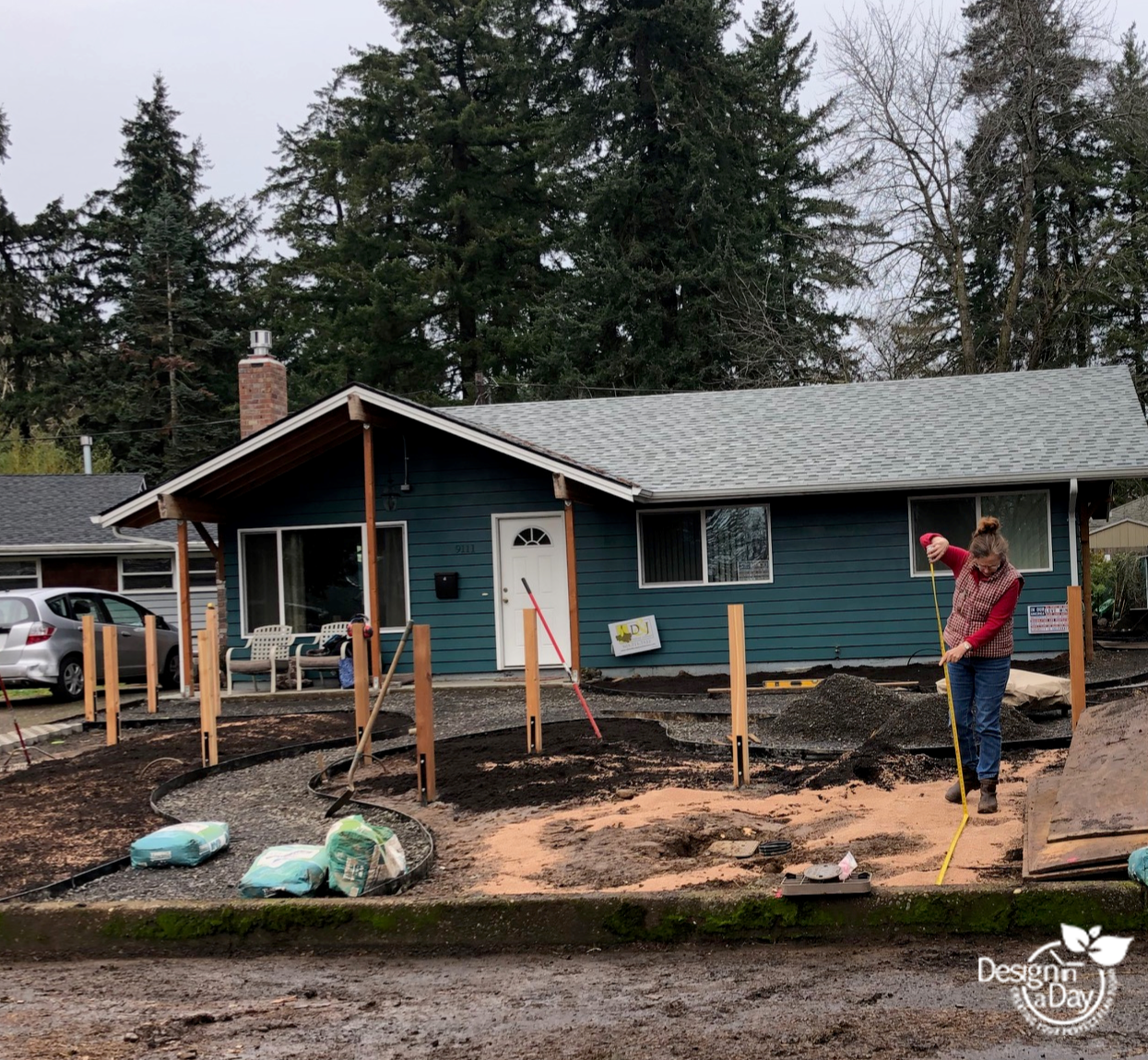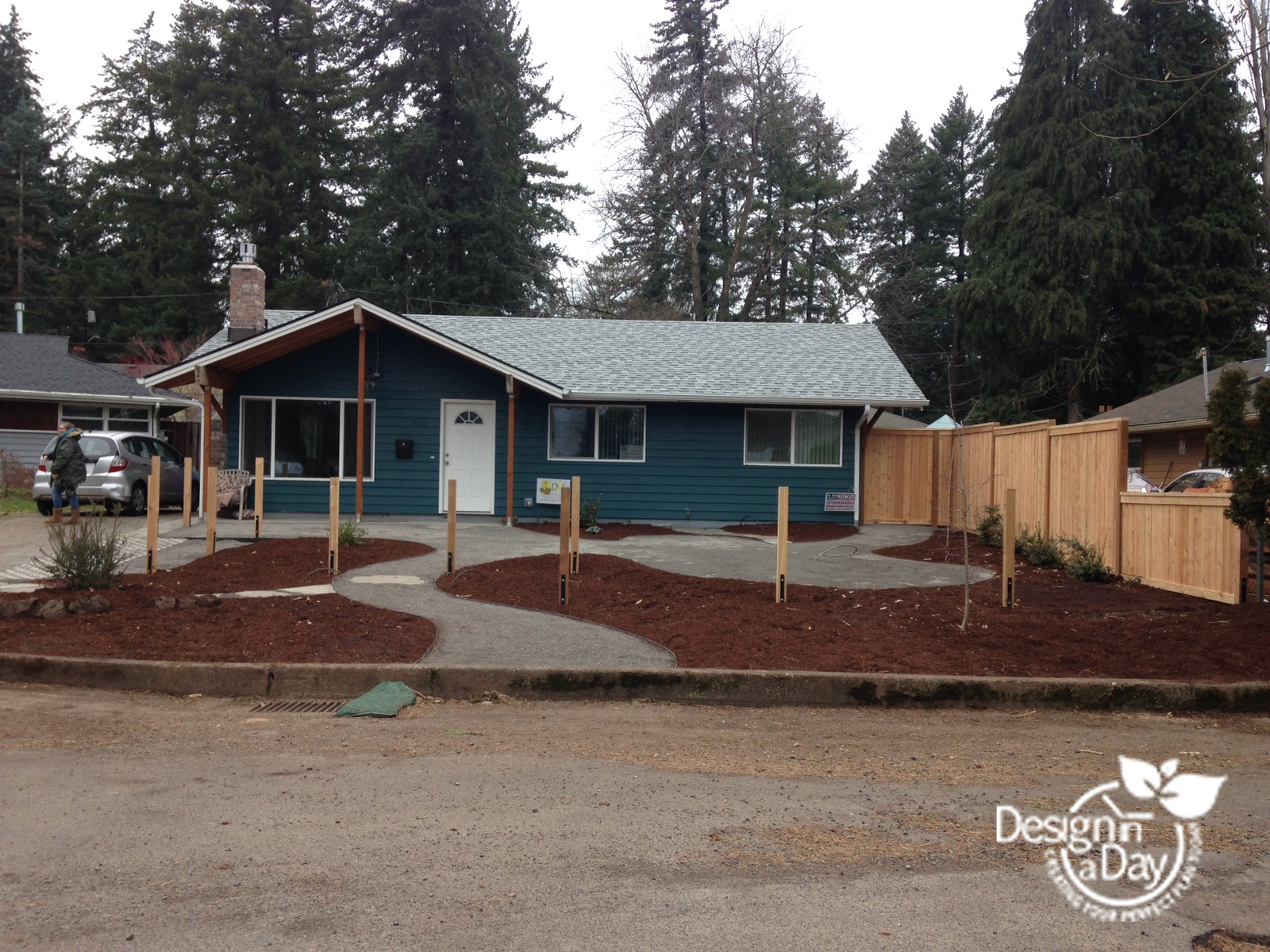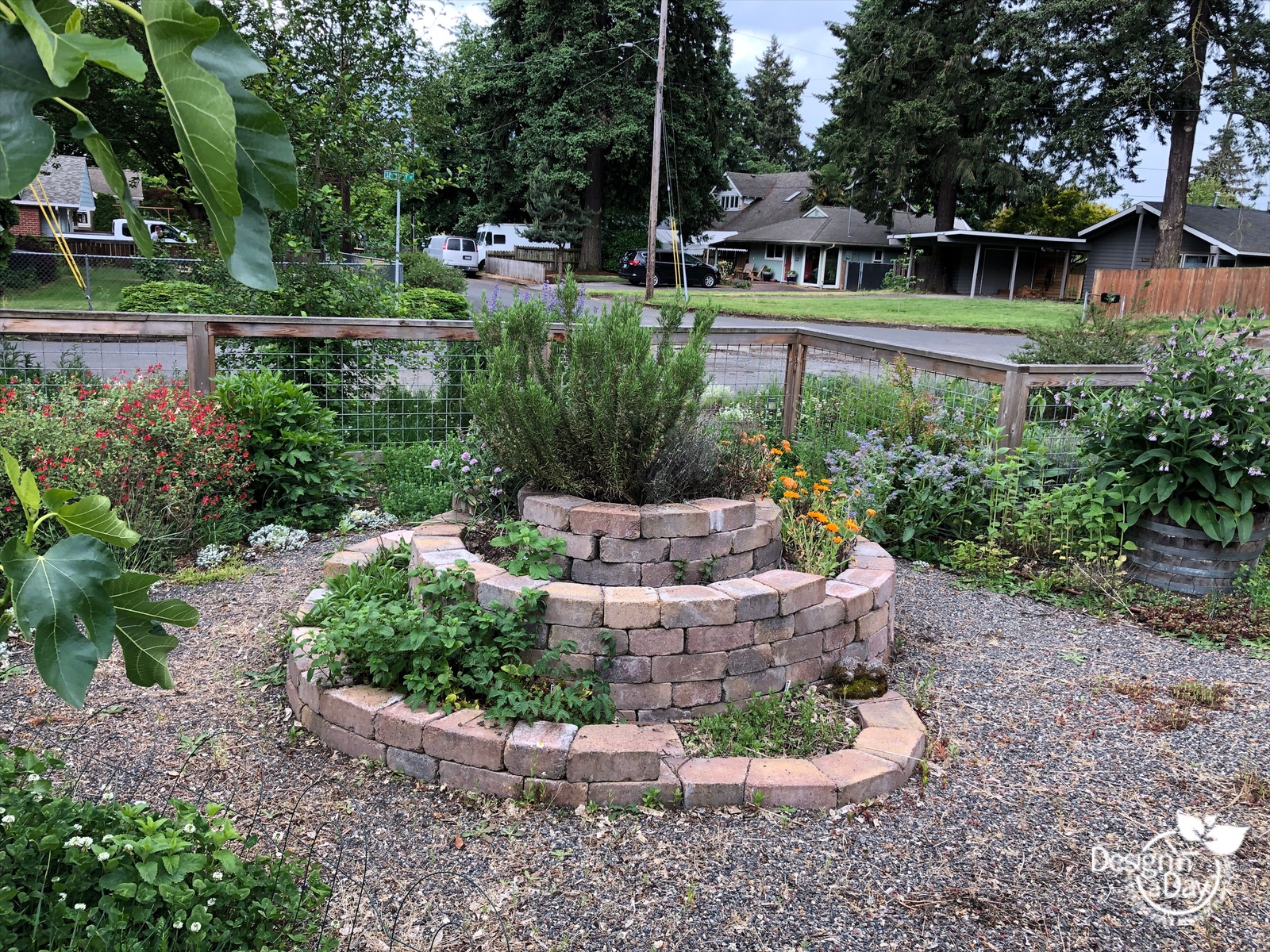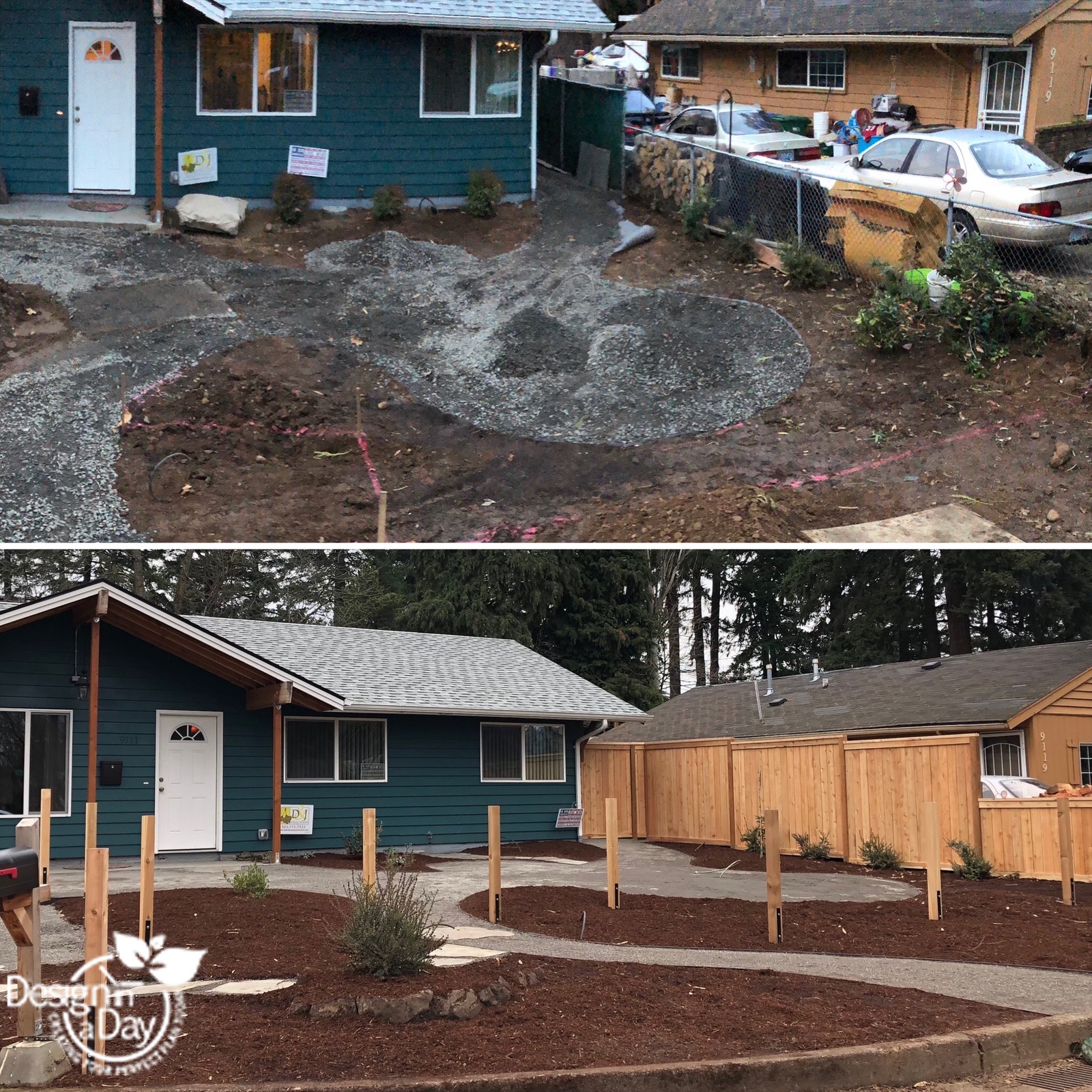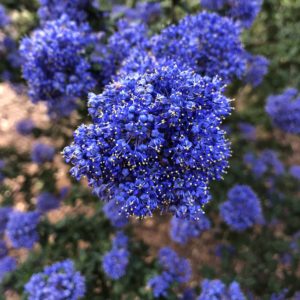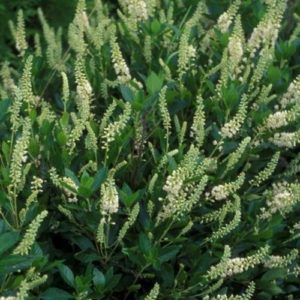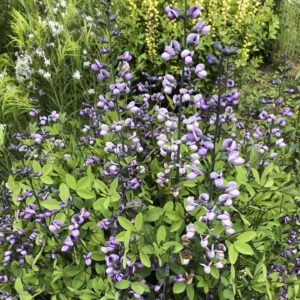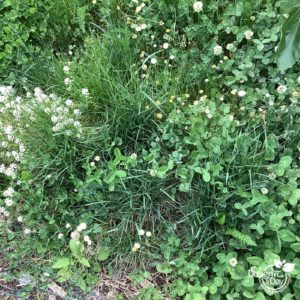Portland Landscape Designers Visit Portland Back Yards
We will see installed back yard landscape designs focused on outdoor living in N. E. Portland neighborhoods Concordia, Cully, Roseway, Rose City Park neighborhoods.
Outdoor Living Patio Needs Privacy in Concordia Neighborhood
This small city back yard had 3 designers, myself and my talented clients. It had the usual small city back yard issues and needed privacy, enough entertaining area and room for happy dogs to tear around. The previous owners had planted Aspen trees (scary choice due to potential suckering) and they provided summer privacy for part of the back yard. We especially needed year round privacy for the new hot tub and we needed it now so I went with my trusty clumping bamboo called Fargesia Robusta. The design was installed in 2020 so 2 years ago and here the clumping bamboo is already giving my clients the privacy they wanted and more. “We loved our experience and would recommended you to all our friends! We are very excited to see our finished project, and will surely enjoy it for years to come.”
Front Garden Charm for Ranch Style Home in North Portland Neighborhood
My client is from New Mexico and wanted prickly pear for both nostalgia and jam. Here is her plant going on it’s 3rd year in her new landscape installed in 2019. It was only about 8” tall when she planted the single leaf (paddle). Her neighbor also worked with Landscape Design in a Day, Alana Chau and we stopped by and found this wonderful summer plant combination.
Roseway Neighborhood Front and Back Landscape Design
We see our client Doreen in N.E. Portland and enjoy how her landscape is maturing. I designed the front and Alana the back yard a few years ago. Look at this artful vignette from the back yard….a mound of tough Coreopsis ‘Zagreb’ contrasts with boulders and sculpture.
Pruning Lavender
Doreen wanted tips on pruning lavender as her plants were 2 and 1/2 years in without much pruning. She will start pruning them once in late summer and again in February so the plants will last for years without getting leggy and overgrown. Here is a video that shows you how to do summer pruning on your lavander. It’s best to start this pruning the very first year you plant your lavender.
Rose City Park Back Yard – Covered Outdoor Living and Privacy in the City
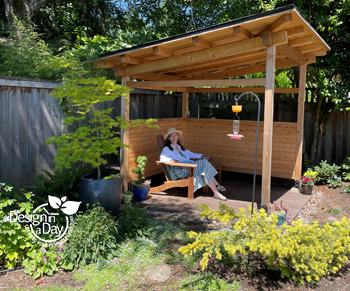
Carol Lindsay relaxes in a private outdoor covered patio in Rose City Neighborhood back yard landscape.
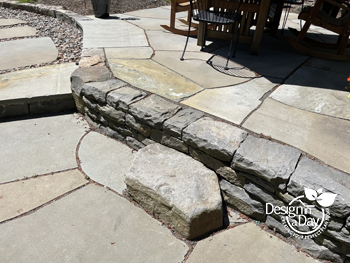
Natural stone step makes easy access from BBQ to the outdoor dining patio in Rose City neighborhood.
Here’s my first peek at a back yard landscape in Rose City Park. This was a tough design because of several different grade changes right next to the back door. The grading and hardscape solutions were in many ways the star of the design.
The Book Nook
Today I am sitting in her new covered outdoor reading room which we called “The Book Nook”. The cover protects her from rain, sun and also the hailing of walnuts. Getting bonked on the head with a walnut will make you lose your place in your book for sure. The “Book Nook” is a very private retreat.
Hardscape was installed by an old pro, Pete Wilson of Pete Wilson Stoneworks. It was wonderful to see his work again.
Instant Shade for Laurelhurst Back Yard Porch
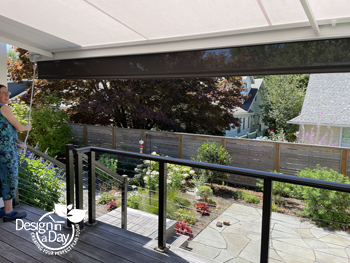
Shade solution for Outdoor Living in Laurelhurst neighborhood is a retractable awning and vertical shade screen and privacy maker.
Our last garden to visit today is in historic Laurelhurst neighborhood. It’s wonderful to see the garden maturing and the plants filling in.
And we get to learn how different materials we selected for the design are holding up. We used an expensive sustainable wood product called Kebony for the privacy fence, and back porch/deck we designed. Kebony ages gracefully to a pale taupe silver and lasts for decades. Today we see areas that are a darker shade or show mottled patterns where the wood gets wetter, such as a small panel next to the garage compared to the perfect silver taupe of the gate that it is next to. Hmmm…..
Our client is very happy with the Kebony but as she stated, some clients would not like it being darker is some areas than others. See more about the deck and the installation of this design by D and J Landscape Contractors in this previous blog.
Retractable Awning Shade Maker
Adding to the delightful outdoor living porch is this fabulous retractable awning. It keeps her house and her dining deck cool in the summer and retracts at the touch of a button when she wants sun to provide warmth and light. There is also a drop down shade to shade out the the west sun in the afternoon; a vital addition to making the dining porch fully shaded for summer outdoor living. And if that isn’t “cool” enough, it also has a wind indicator and will retract itself if it gets too windy.
Contact Us for a Collaborative Design Experience
We love solving the multiple problems of the city back yard with integrated solutions. Sometimes my privacy solution is also a shade solution and just happens to creates a back drop for a dramatic planting. Contact us and let’s get started creating your ideal outdoor living room.

